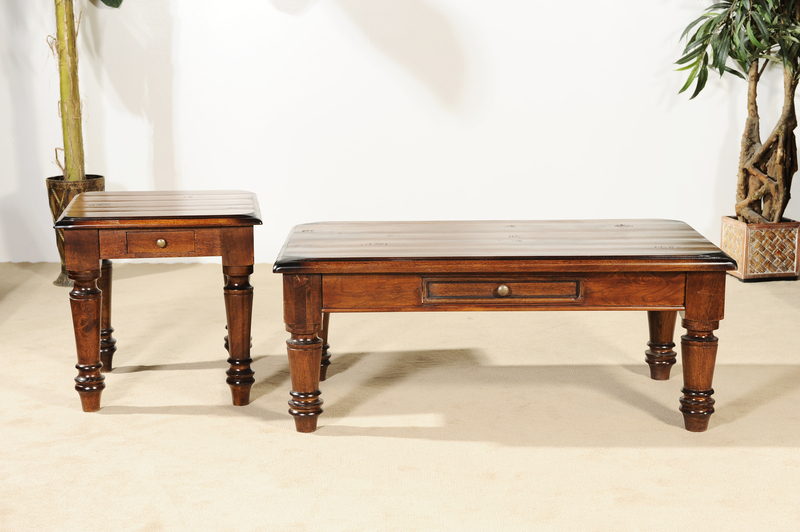How to Declutter by Responsibly Discarding Old Chargers
The average person accumulates a surprising number of old phone and device chargers over the years--from outdated smartphone cables to obsolete laptop adapters. If you've ever rummaged through a drawer tangled with cables and unidentifiable wall bricks, you're not alone. But before you simply toss these unwanted chargers in the garbage, it's crucial to know that decluttering can be both responsible and eco-friendly. This extensive guide will show you precisely how to declutter by responsibly discarding old chargers so you can clear your space without harming the environment.
Why Should You Declutter Your Chargers?
Many of us aren't aware of how many unused power cords and adapters we own. Decluttering reduces stress and clutter in your home, helps you easily find essentials, and ensures that unused chargers are recycled or disposed of safely rather than contributing to the ever-growing pile of electronic waste (e-waste).
The Environmental Impact of Improper Disposal
- E-waste: Chargers contain valuable metals and plastics that don't decompose naturally.
- Hazardous materials: Discarded chargers may contain lead or other substances harmful to soil and water.
- Lost resources: Proper recycling allows for reuse of metals and components, saving raw materials.
Now let's break down the practical steps for decluttering and responsibly discarding old chargers.

Step 1: Gather All Your Old Chargers and Cables
Begin your decluttering journey by gathering every charger, cable, and adapter in your home. Search through drawers, bags, boxes, and even old suitcases. Lay them all out in one place--floor, table, or bed.
Common Locations for Forgotten Chargers:
- Junk drawers
- Home offices
- Storage boxes
- Nightstands
- Under beds or couches
Taking inventory ensures you truly understand the scope of your collection. You might even find duplicates or obsolete connectors for devices you haven't owned in years!
Step 2: Sort and Identify the Chargers You Actually Need
Once you have every charger in front of you, sort them into categories. Labeling with sticky notes or markers can help. Consider the following groupings:
- Chargers for current phones, tablets, and laptops
- Cables for wearables and Bluetooth gadgets
- Chargers for old devices you still occasionally use
- Completely unidentifiable or obsolete chargers
Pro Tips on Decluttering:
- Test each charger--decide if it works or is damaged.
- If you haven't used it in 6-12 months, it likely qualifies for discarding or recycling.
- Set aside universal chargers (like USB-C or micro-USB) in case they fit multiple devices.
_Be honest with yourself about which chargers are truly necessary._ Reducing to the essentials creates more space and organization in your home.
Step 3: Repurpose or Donate Usable Chargers
Not every old charger needs to go straight to the recycling bin. If you have working adapters and cables, consider new uses or passing them along to others.
Ways to Repurpose Chargers and Cables:
- Keep spares: Store a charger at work or in the car.
- DIY projects: Some hobbyists use cables and wires for craft or electronics projects.
- Donation: Donate working chargers to local schools, charities, or thrift stores.
- Ask friends or family: Someone else may have lost theirs and need a replacement.
Donating usable chargers is a sustainable way to help others and keep functional items in use, reducing electronic waste overall.
Step 4: Responsibly Recycle Old and Damaged Chargers
The safest way to discard old chargers responsibly is through proper e-waste recycling. Never throw chargers in the general trash--they can leak hazardous substances and cause pollution.
Where to Recycle Chargers and Cables
- Municipal e-waste recycling events: Many cities and counties host regular electronics recycling days.
- Retail stores: Big box stores like Best Buy and Staples offer free drop-offs for small electronics, including chargers and batteries.
- Specialized e-waste centers: Facilities specifically designed to handle electronic waste, often searchable online by zip code.
- Manufacturer take-back programs: Check with your device manufacturer; companies like Apple and Dell accept old electronics for responsible disposal.
Before recycling, bundle each charger neatly with a twist tie or rubber band to keep cords from tangling and to help recycling staff.
How to Prepare Chargers for Recycling
- Remove any personal information (for example, from USB drives inadvertently mixed in).
- Clean off visible dirt or adhesive from labels.
- Group similar chargers and cables for easier processing at recycling centers.
_Understanding where and how to recycle ensures your chargers are processed correctly, conserving valuable resources and keeping toxins out of landfills._
Step 5: Avoid Future Cable Clutter
Once your space is decluttered, stay organized and minimize the accumulation of obsolete chargers. Here are actionable tips:
- Adopt universal charging standards: Invest in USB-C or multi-port chargers to reduce the variety you own.
- Label cables: Mark new chargers with the device and purchase date for easier sorting later.
- Dispose of old chargers promptly: Every time you upgrade a device, recycle the outdated charger if it's no longer necessary.
- Buy fewer, higher-quality chargers: Invest in reliable options that last longer, so you don't need to constantly replace them.
Organizing Tips for Current Chargers
- Use cable organizers or zippered pouches.
- Designate a single drawer or box for all charging accessories.
- Create a 'charging station' for everyday devices and keep extras in a labeled container.

Frequently Asked Questions about Discarding Old Chargers Responsibly
Can I throw old chargers in the trash?
No. Discarding cables and adapters with your household waste contributes to e-waste pollution, and is illegal in some areas. They contain metals and materials that should be properly processed.
What happens to chargers when they're recycled?
Chargers are dismantled, their plastics and metals separated and processed. Valuable metals like copper and gold can be extracted and reused for new products.
Are there any risks in storing old chargers?
Over time, old charging cables can degrade or cause electrical hazards if used for high-powered devices. Storing too many also creates clutter and fire risks.
How often should I declutter my chargers?
A good rule of thumb is every 6 to 12 months--especially whenever you upgrade a primary device like your phone, laptop, or tablet.
Sustainable Decluttering Is an Ongoing Habit
Learning how to declutter by responsibly discarding old chargers isn't just a one-time spring cleaning task--it's a practice that benefits your home and the planet. By sorting, donating, and recycling instead of tossing your unused phone chargers and cables into the trash, you contribute to a healthier environment and a more organized household.
Make a habit of reviewing your electronics drawer periodically, supporting recycling programs, and sharing resources with others. Decluttering your old chargers responsibly is a simple yet impactful way to live more sustainably and mindfully.
Your Next Steps to Responsible Charger Decluttering
- Begin by gathering and sorting your old charging accessories today.
- Find your nearest authorized electronics recycling center and schedule a drop-off.
- Donate or repurpose usable and compatible cables for maximum benefit.
- Educate friends and family on the importance of proper e-waste disposal.
Every small action adds up! Decluttering and responsibly disposing of old chargers leads to a cleaner home and a cleaner future for everyone.
Ready to start decluttering? Let this guide inspire you to take your first steps towards an organized, sustainable, and simpler home--by responsibly discarding your old chargers the right way.